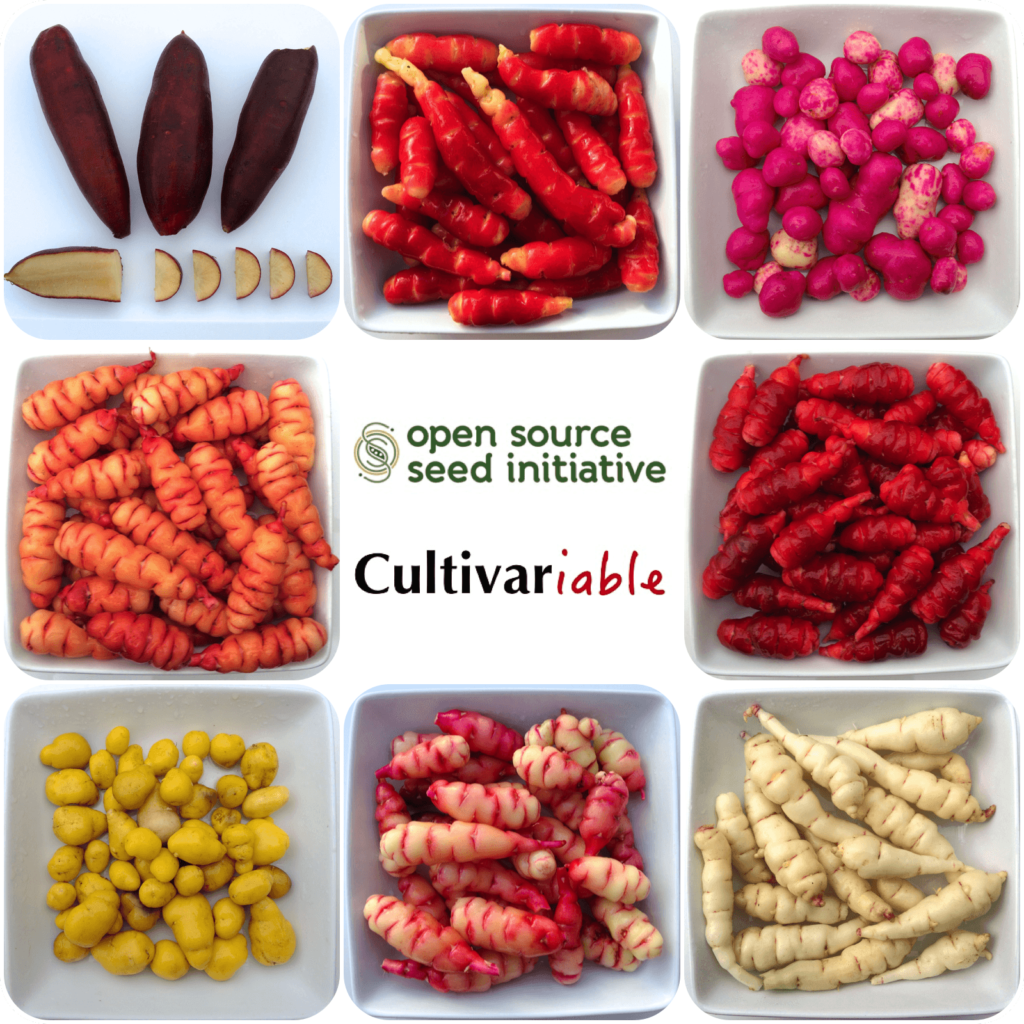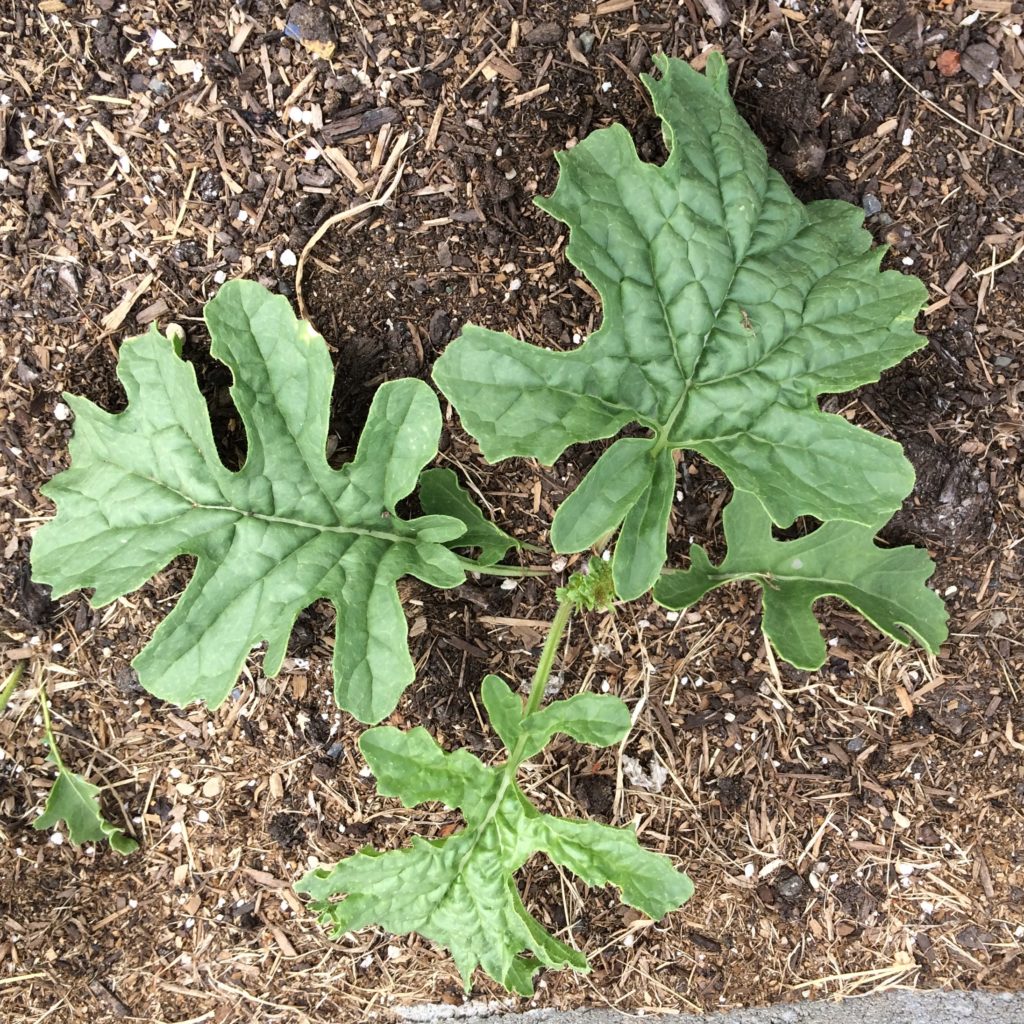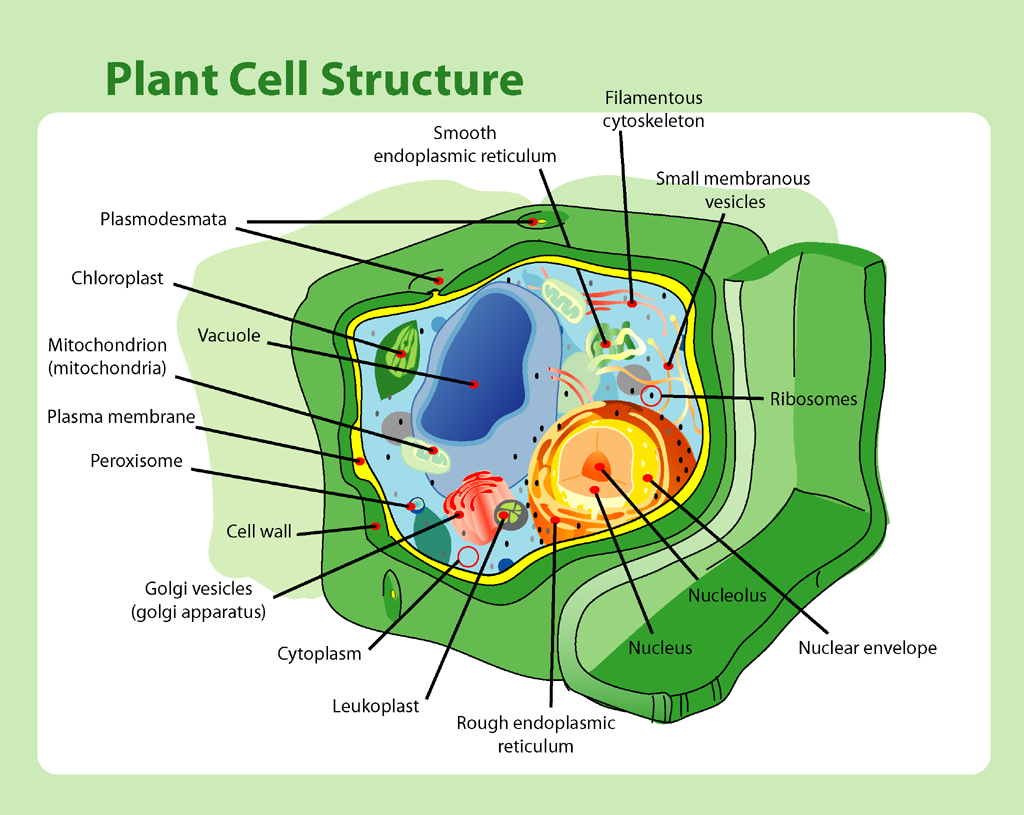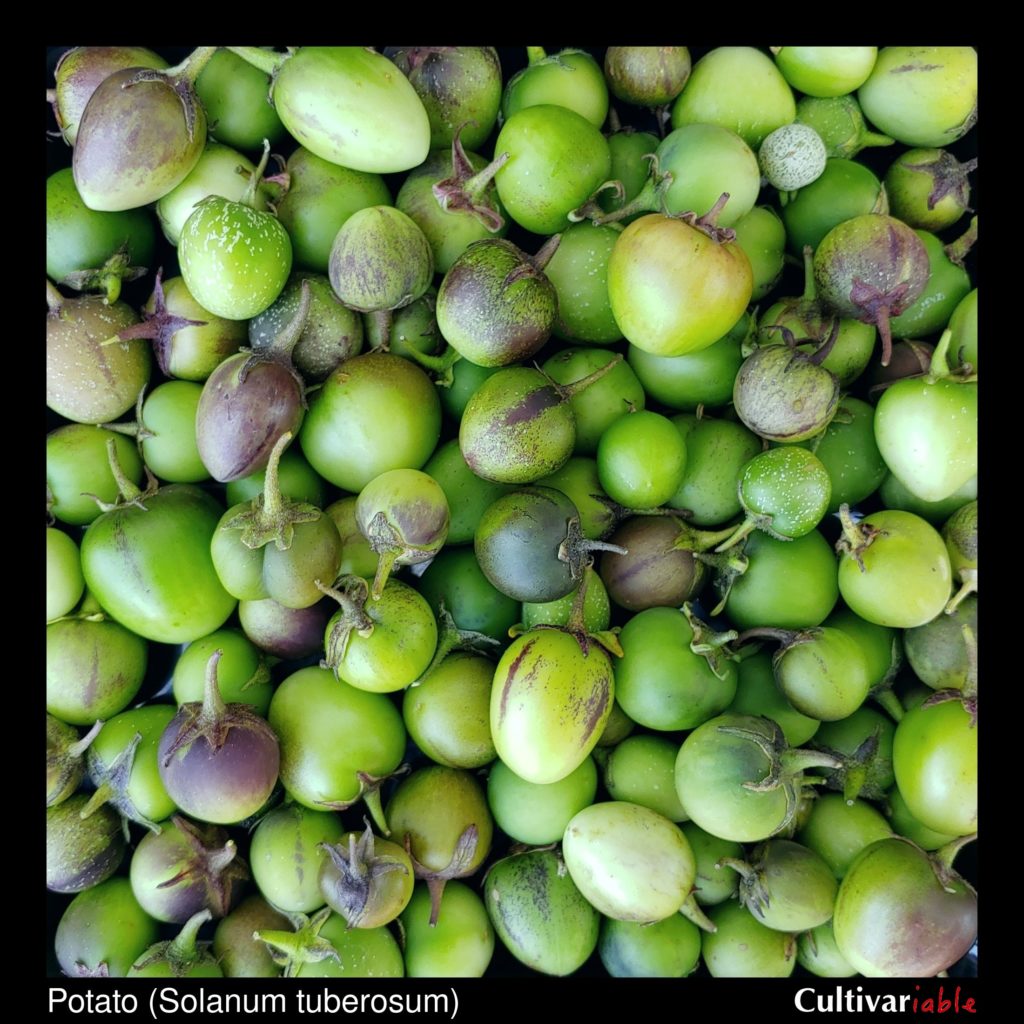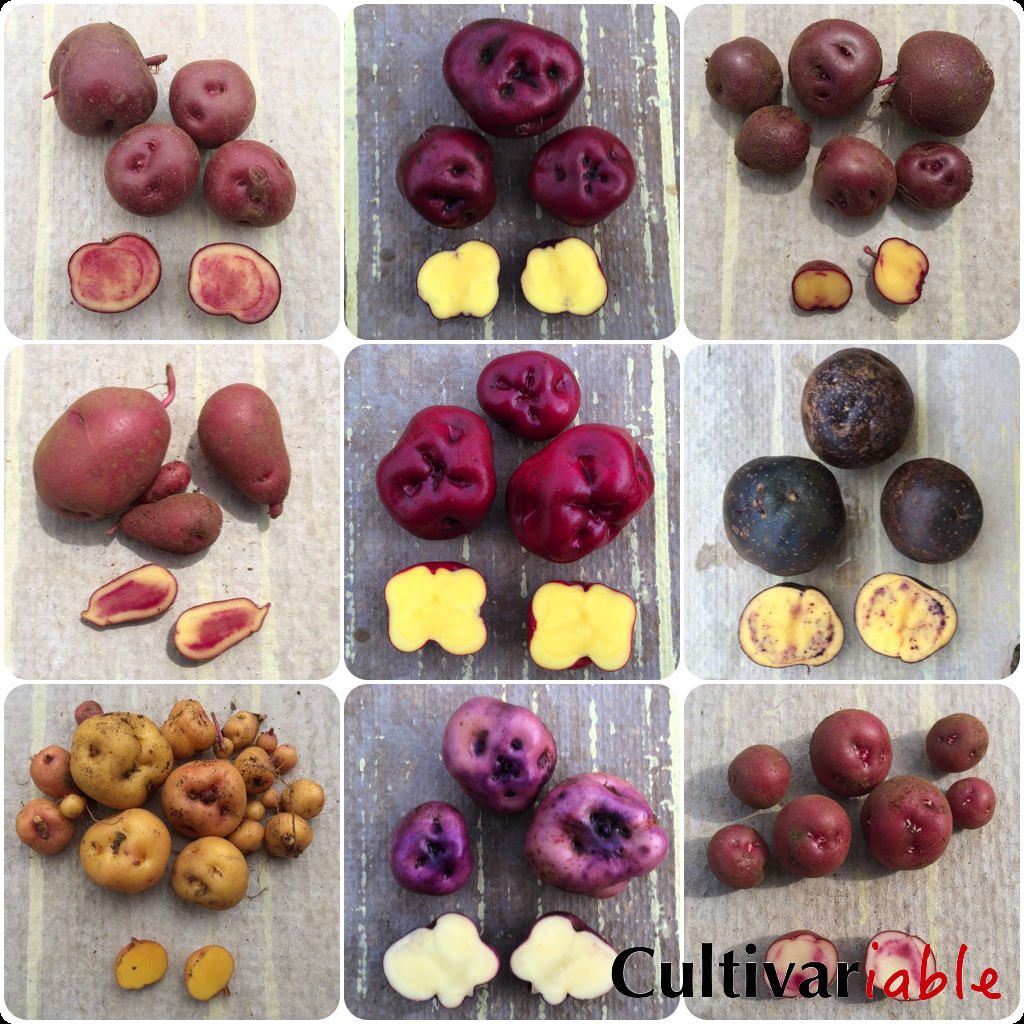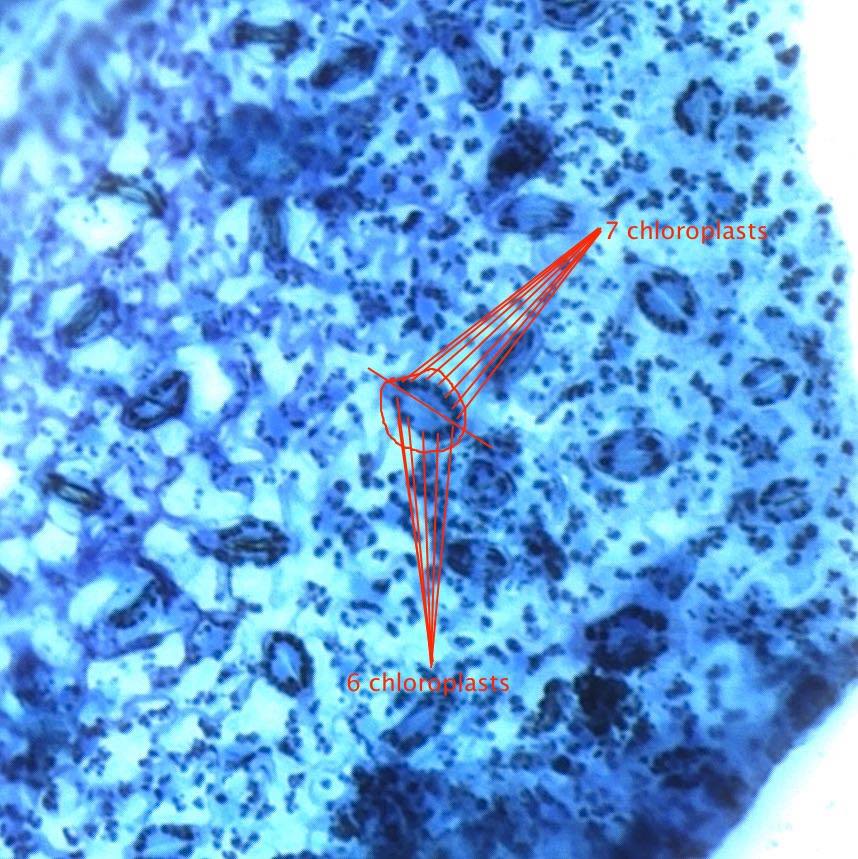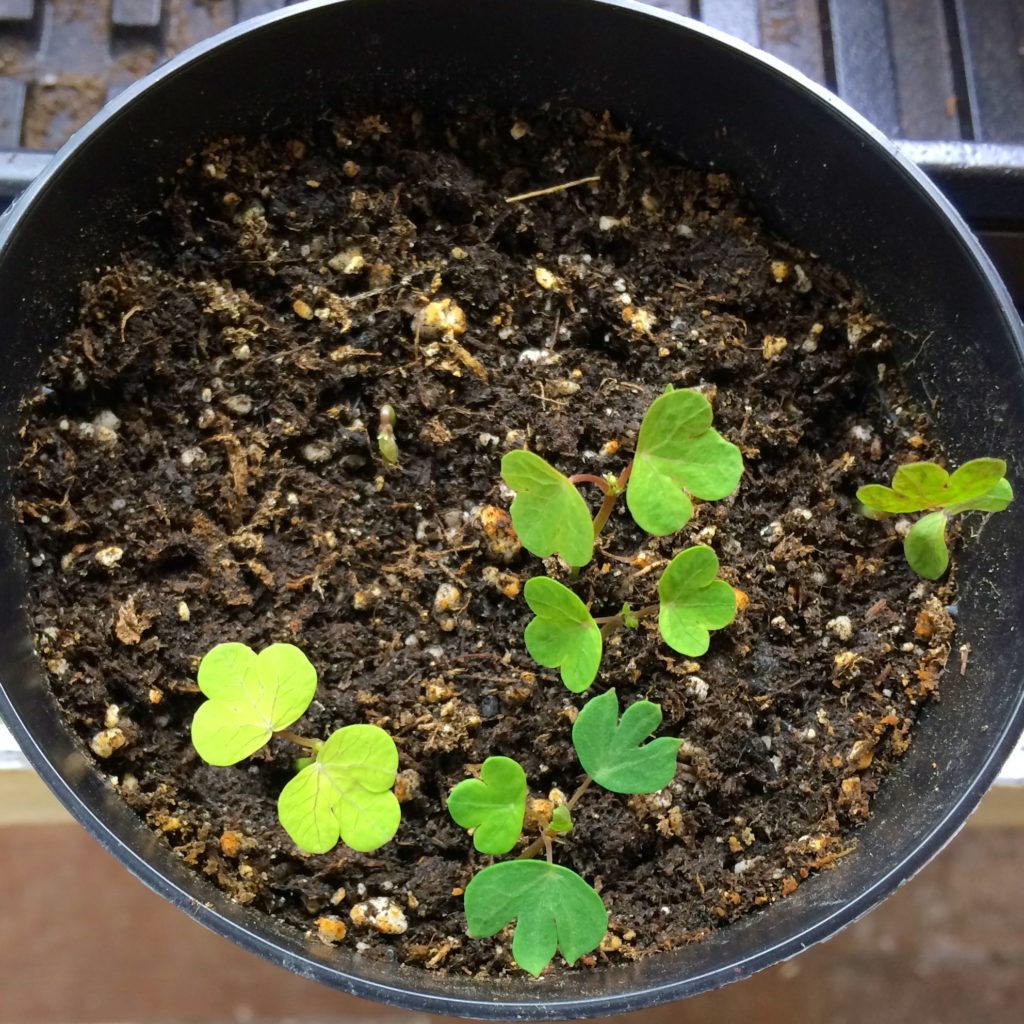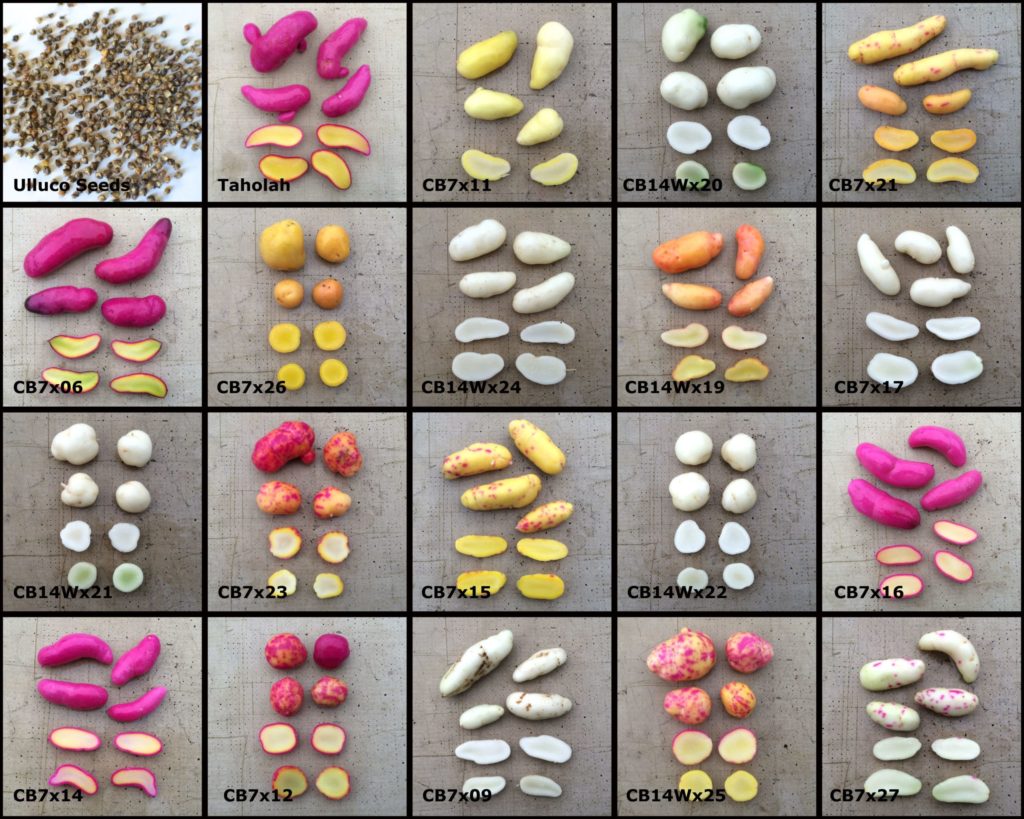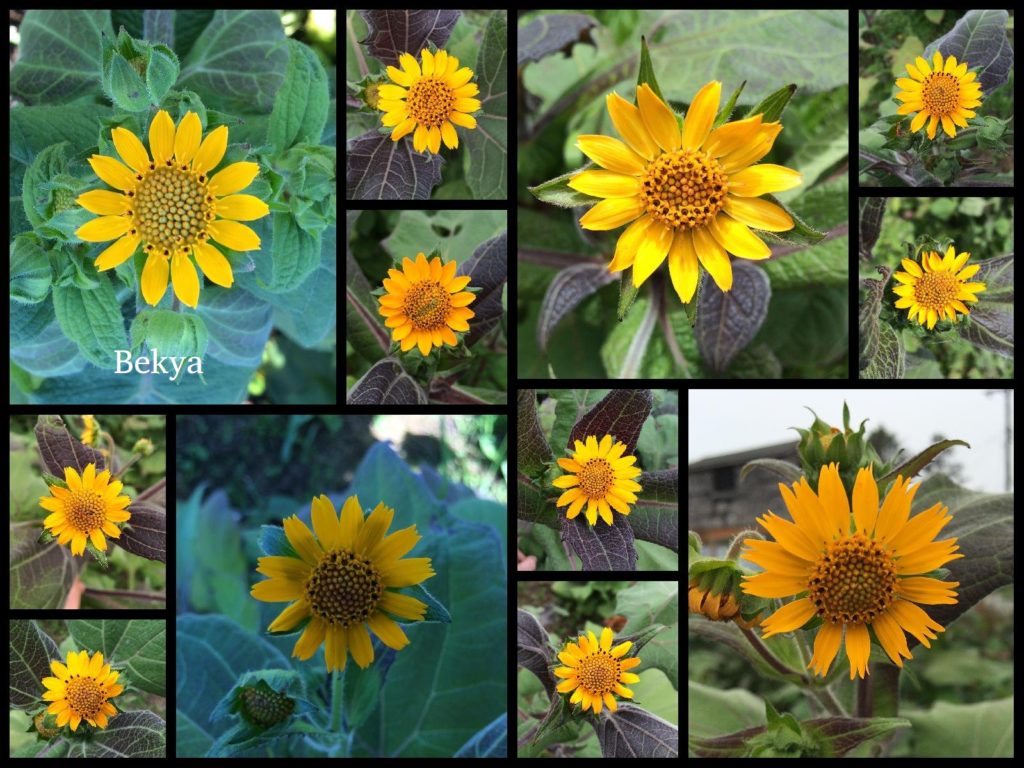No products in the cart.
I breed 16 species seriously, meaning that I am actually able to make progress and either already have or anticipate eventually releasing new varieties. I work with another 21 species either prospectively, meaning that I would like to breed them but haven’t managed to get them to reproduce sexually, or on too small a scale […]

